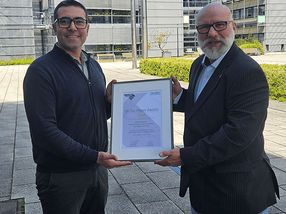Unmasking hazardous compounds in cosmetics, skincare products and perfumes
New analytical methodology: Significant detection of hazardous compounds and their effects on cells
Lifestyle products contain hazardous compounds that have not been detected by previous tests and are not currently regulated. This was demonstrated by scientists from Justus Liebig University Giessen (JLU) using a new analytical methodology, with which they investigated 140 skincare products and cosmetics from 20 product segments as well as over 40 perfumes. They found hazardous compounds that are mutagenic/genotoxic, cytotoxic, antibacterial, neuromodulatory or neurotoxic, and significantly affect the hormonal balance. A possible detoxification of the hazardous compounds in the body was not evident from a simulated liver metabolism. Their studies were published, among others, in the Journal of Chromatography A.
The newly developed methodology of the JLU scientists enables the discovery of unknown hazardous compounds in these complex products and simultaneously examines their effect on cells and receptors. This means that a toxin does not have to be known in order to see its effect. Previously unknown hazardous compounds can be ingredients, but also contaminants, impurities, and degradation products. “We have expanded the current substance separation with effect detection and can now see for the first time how many hazardous compounds are present in such everyday products,” explains Prof. Dr. Gertrud Morlock, Professor of Food Science at JLU. “Complex substance groups such as mineral oils include substances with different toxicities, which can lead to completely different effects with the same amount but different representatives of this substance group. With the previous analytical methods, substances are overlooked that lie outside the focus but still have a hazardous effect. Or the entire substance group is captured, which can be more or less harmful. The new methodology is more informative and improves our understanding of such complex products.”
In most of the products studied, such as lipsticks, skincare creams, wound creams, and nipple creams, the scientists found relevant amounts of hazardous compounds that are not currently regulated. It is difficult to prove exactly what effect these hazardous compounds have on humans or the environment. It is conceivable that they influence the skin microbiome and the body, especially if they enter the bloodstream directly through wounds, micro-cracks in the skin, which can occur, for example, when shaving, or bleeding gums. The hazardous compounds could also have effects on nature and the environment through washing off.
The new methodology also opens up possibilities to minimize the hazardous compounds in products: hazardous compounds discovered through combined sample separation and effect detection can efficiently be further investigated and even identified. This allows to find out where these hazardous compounds come from and how they can be avoided in future products.
The analytical methodology is easy to integrate and implement. The JLU scientists also developed the cost-effective open-source 2LabsToGo-Eco, enabling manufacturers and authorities to better test and thus minimize exposure to hazardous compounds of lifestyle products, cosmetics, foods, feeds, and environmental samples in the future.
“Our studies also show that there are already some products that perform better today," says Prof. Morlock. “Products labelled as free from mineral oil residues contained comparatively fewer genotoxic and mutagenic mineral oil residues. Nevertheless, it is urgently necessary to act due to the large number of affected cosmetics and skincare products, which consumers usually use several times a day. One possibility would be the minimization concept, which continuously reduces hazardous compounds in the products and improves both consumer protection and environmental protection in the medium term.”
Original publication
Gertrud E. Morlock; "Chemical safety screening of products – better proactive"; Journal of Chromatography A, Volume 1752
Gertrud E. Morlock, Luisa Zoller; "Fast unmasking toxicity of safe personal care products"; Journal of Chromatography A, Volume 1752
Gertrud E. Morlock, Julia Heil; "Fast unmasking hazards of safe perfumes"; Journal of Chromatography A, Volume 1754
Maria C.O. Romero, Kevin Jakob, Johannes Schmidt, Thomas Nimmerfroh, Wolfgang Schwack, Gertrud E. Morlock; "Consolidating two laboratories into the most sustainable lab of the future: 2LabsToGo-Eco"; Analytica Chimica Acta, Volume 1367
Most read news
Original publication
Gertrud E. Morlock; "Chemical safety screening of products – better proactive"; Journal of Chromatography A, Volume 1752
Gertrud E. Morlock, Luisa Zoller; "Fast unmasking toxicity of safe personal care products"; Journal of Chromatography A, Volume 1752
Gertrud E. Morlock, Julia Heil; "Fast unmasking hazards of safe perfumes"; Journal of Chromatography A, Volume 1754
Maria C.O. Romero, Kevin Jakob, Johannes Schmidt, Thomas Nimmerfroh, Wolfgang Schwack, Gertrud E. Morlock; "Consolidating two laboratories into the most sustainable lab of the future: 2LabsToGo-Eco"; Analytica Chimica Acta, Volume 1367
Topics
Organizations
Other news from the department science

Get the chemical industry in your inbox
By submitting this form you agree that LUMITOS AG will send you the newsletter(s) selected above by email. Your data will not be passed on to third parties. Your data will be stored and processed in accordance with our data protection regulations. LUMITOS may contact you by email for the purpose of advertising or market and opinion surveys. You can revoke your consent at any time without giving reasons to LUMITOS AG, Ernst-Augustin-Str. 2, 12489 Berlin, Germany or by e-mail at revoke@lumitos.com with effect for the future. In addition, each email contains a link to unsubscribe from the corresponding newsletter.
Most read news
More news from our other portals
Last viewed contents
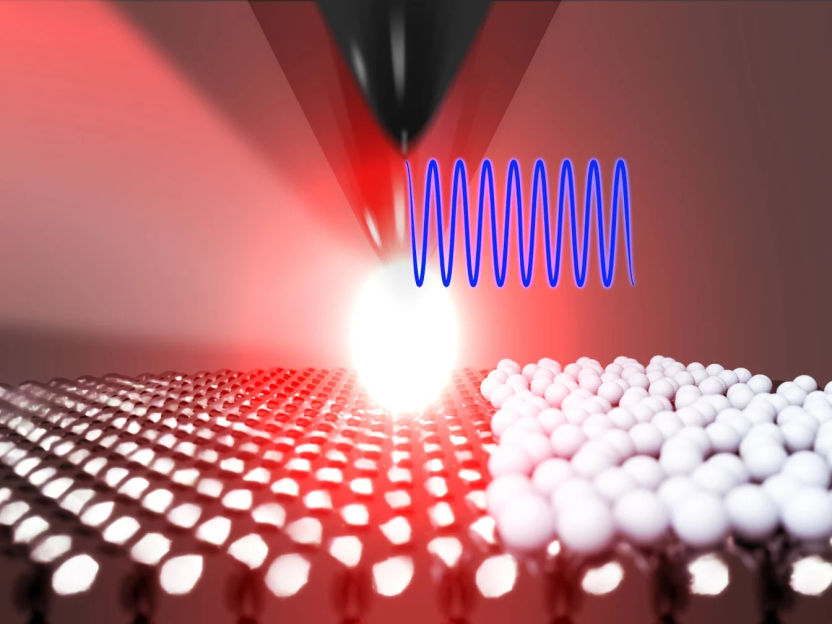
Pushing the resolution limits of scattering near-field optical microscopy - A valuable tool for characterizing surfaces with atomic-scale precision
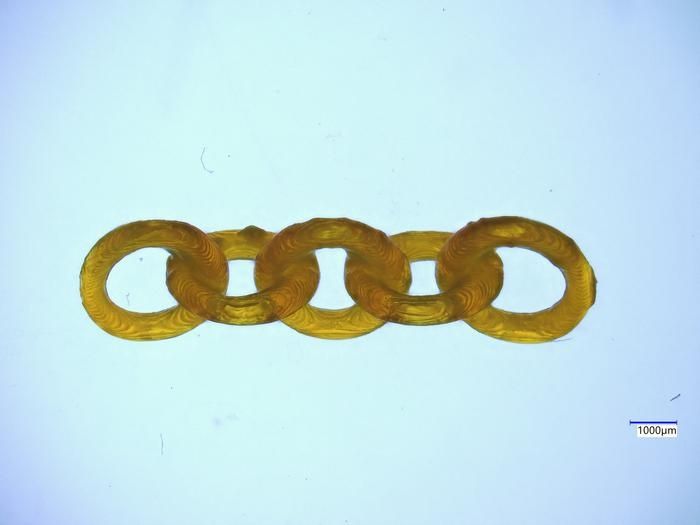
New 3D-printing method makes two materials from one resin - Innovative material responds differently to UV versus visible light
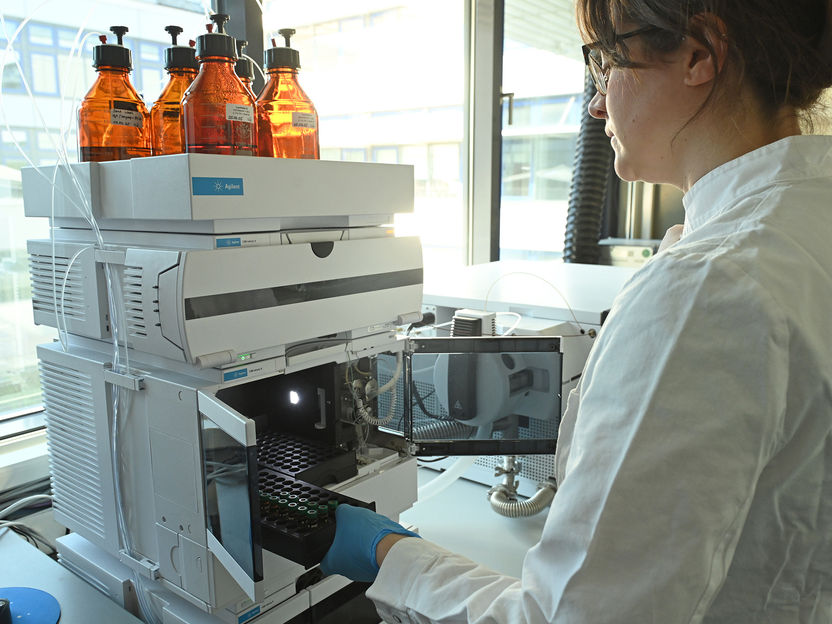
No data, no risk? - How the monitoring of chemicals in the environment shapes the perception of risks
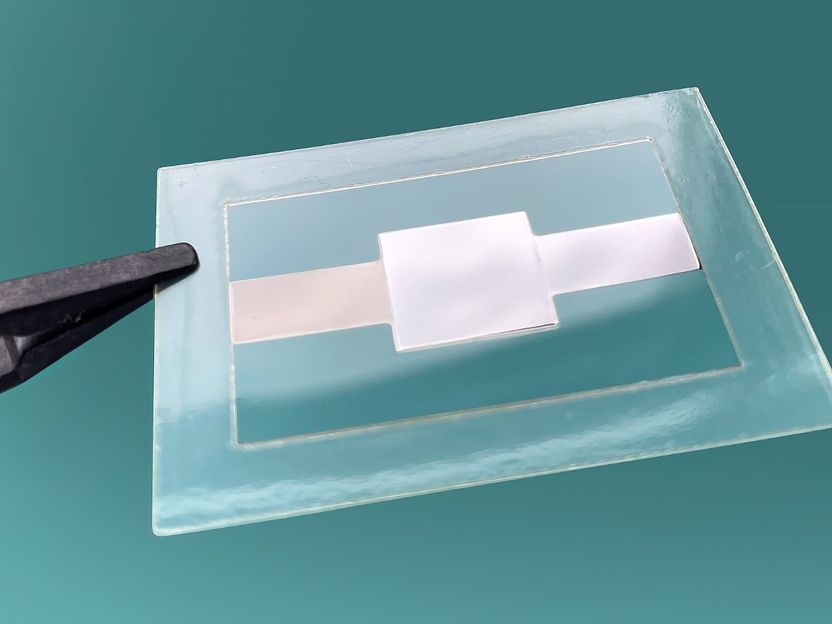
Electroactive polymers for heating and cooling - The temperature converters among electroactive materials

3D printer as a reactor for new materials - Chemist Katharina Ehrmann receives the Dr. Ernst Fehrer Prize

LIKAT chemist receives award for digital data management and AI in catalysis

Jochen Block Award 2025 for Dr. Thomas Seidensticker - Start-up “simplyfined” wants to make the chemical industry more sustainable
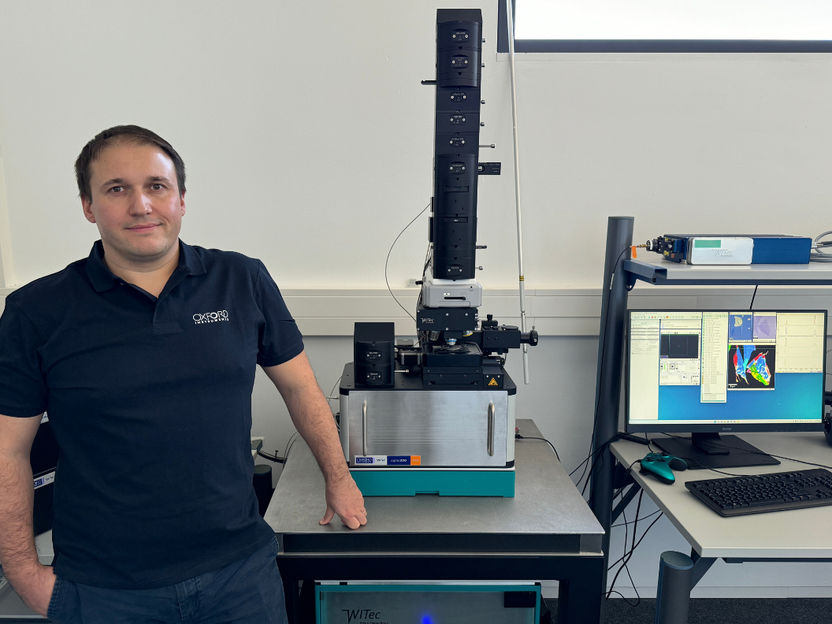
New general manager at Oxford Instruments WITec in Ulm

Michael Grosse to succeed Joachim Kreuzburg as Chief Executive Officer of Sartorius AG - Grosse to take over as Group CEO on July 1, 2025

Appointment of Dr. Werner Ponikwar as CEO of thyssenkrupp nucera extended by five years - Dr. Stefan Hahn to become new CFO

Key Position Changes at Brückner Group - A Veteran Departs


















